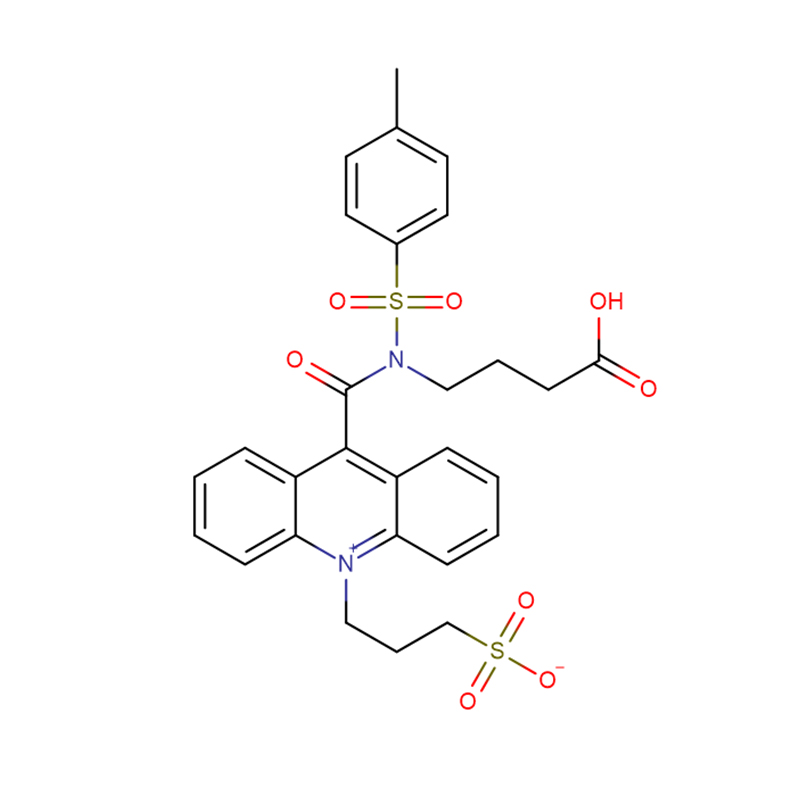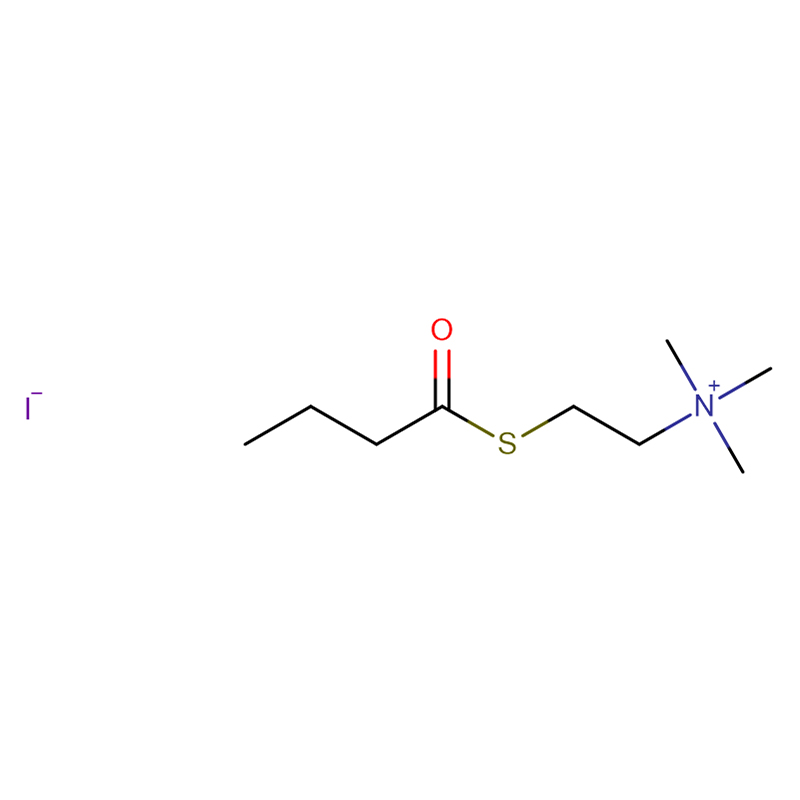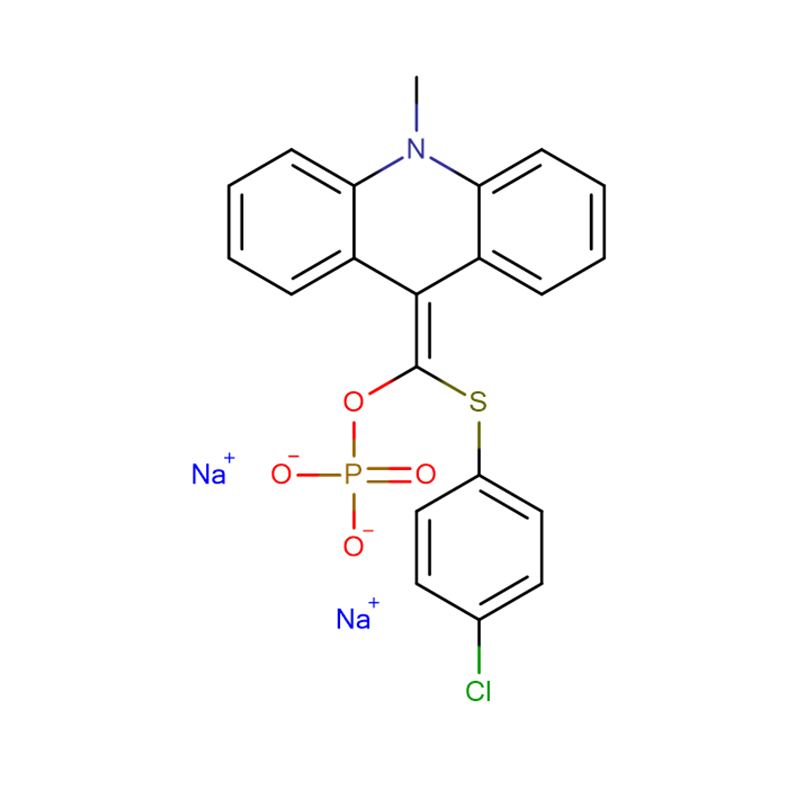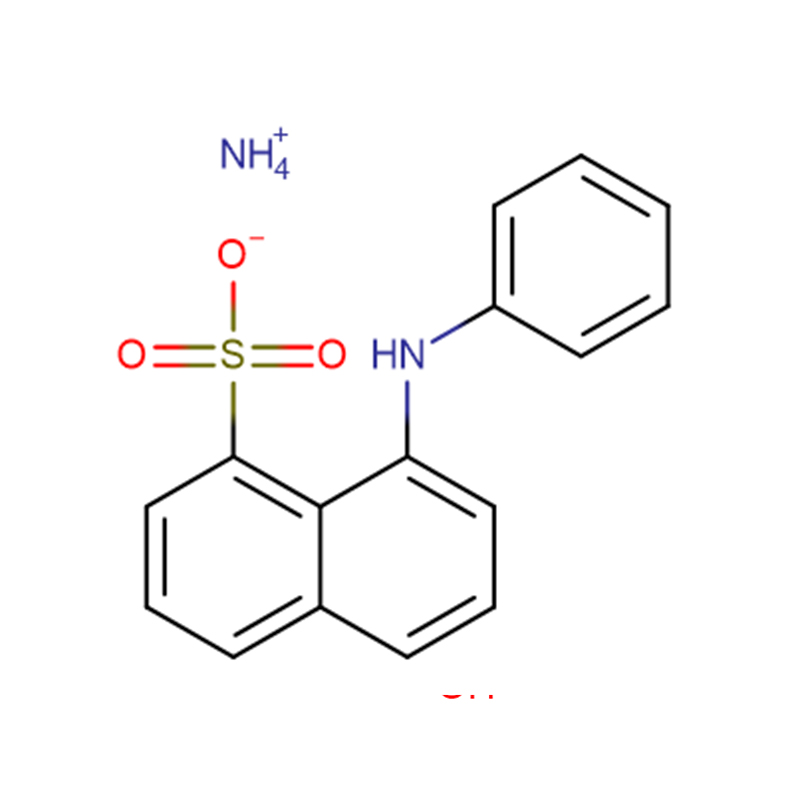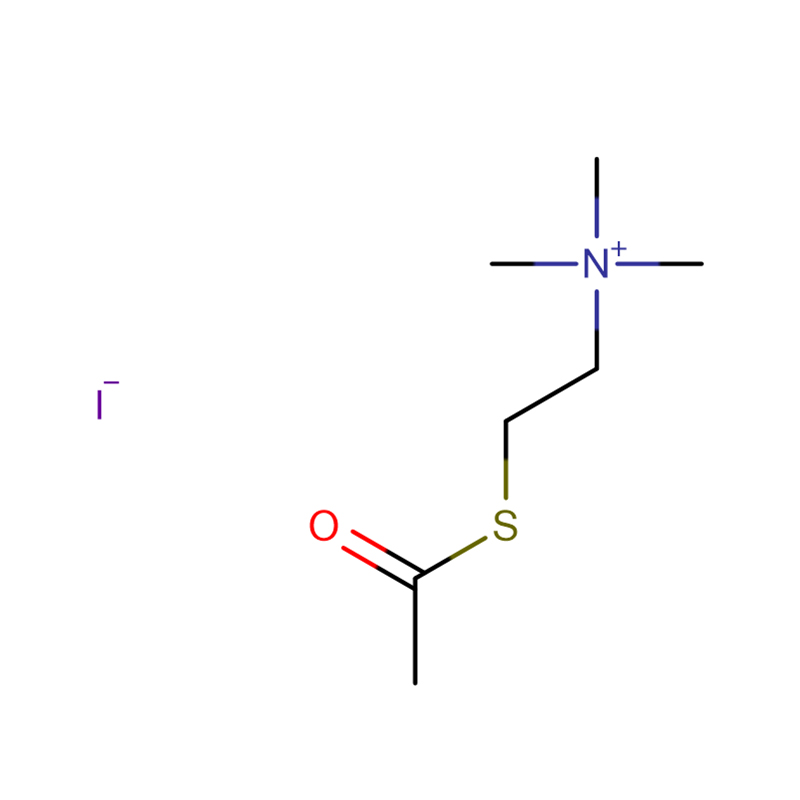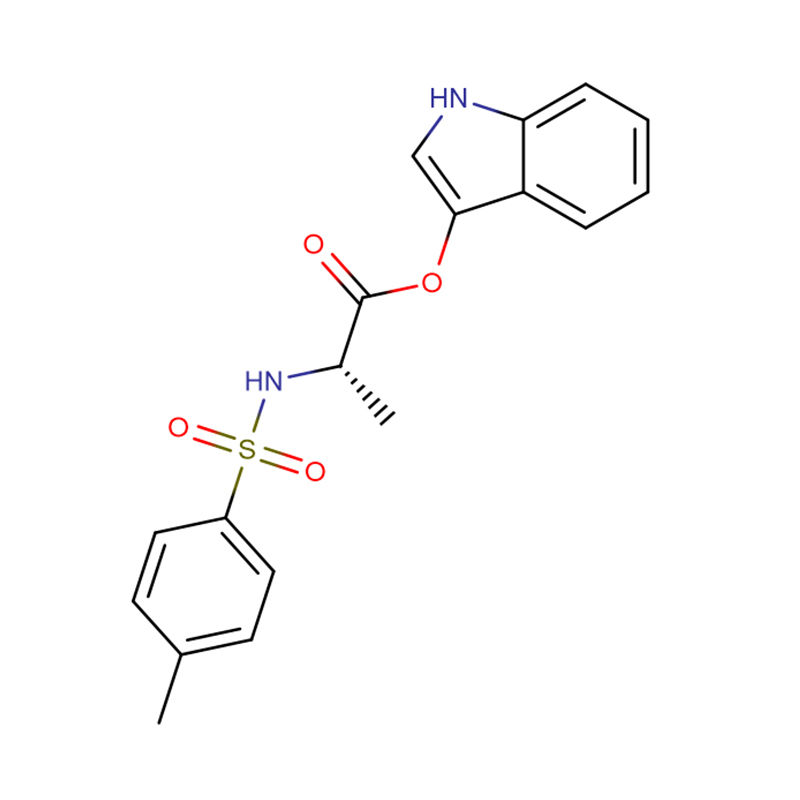NSP-AS CAS:211106-69-3 Yellow crystaline powder
| Catalog Number | XD90128 |
| Product Name | 3-[9-(((3-(carboxypropyl)[4-methxylphenyl]\sulfonyl)amine)carboxyl]-10-acridiniumyl)-1-propanesulfonate inner salt |
| CAS | 211106-69-3 |
| Molecular Formula | C28H28N2O8S2 |
| Molecular Weight | 584.661 |
| Storage Details | 2 to 8 °C |
Product Specification
| Appearance | Yellow crystaline powder |
| Assay | 99% |
Physicochemical properties The dilute solution of acridine and its salts exhibits purple or green fluorescence. Dilute solutions of salts have green fluorescence, and when diluted again, due to the hydrolysis of salts, they become free acridines, which show purple fluorescence. The aqueous solution is weakly alkaline and reacts with inorganic acids to form salts. Acridine is very stable, its structure is similar to anthracene, and its chemical properties are also very similar. Both the vapor and the solution are irritating, strongly irritating the skin and mucous membranes, and inhaling the vapor can cause coughing.
As a luminescent probe, it is used in the study of gene chips. The reaction is labeled with acridan (9,10-dihydroacridine) as a substrate and alkaline phosphatase, producing sustained high-intensity chemiluminescence. Provides superior sensitivity and ease of use for alkaline phosphatase conjugation during chemiluminescent detection. Alkaline phosphatase is detected in less than 10-19 mol, peaks rapidly to reduce detection time and increase throughput, and the slope of the linear calibration curve is plotted with a logarithmic equal to 1.0. One quantity or more of the enzyme produces one quantity or more of luminescence, continuous luminescence—not very demanding on assay time. Luminescence intensity can be read from the generated linear calibration curve at any time, and the analytical results are insensitive to temperature in the range of 22°C - 35°C, reducing the accuracy required to control temperature.
Application: It can be used for the labeling of proteins, antigens, antibodies, nucleic acids (DNA, RNA), etc.


